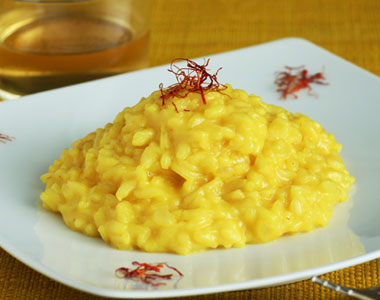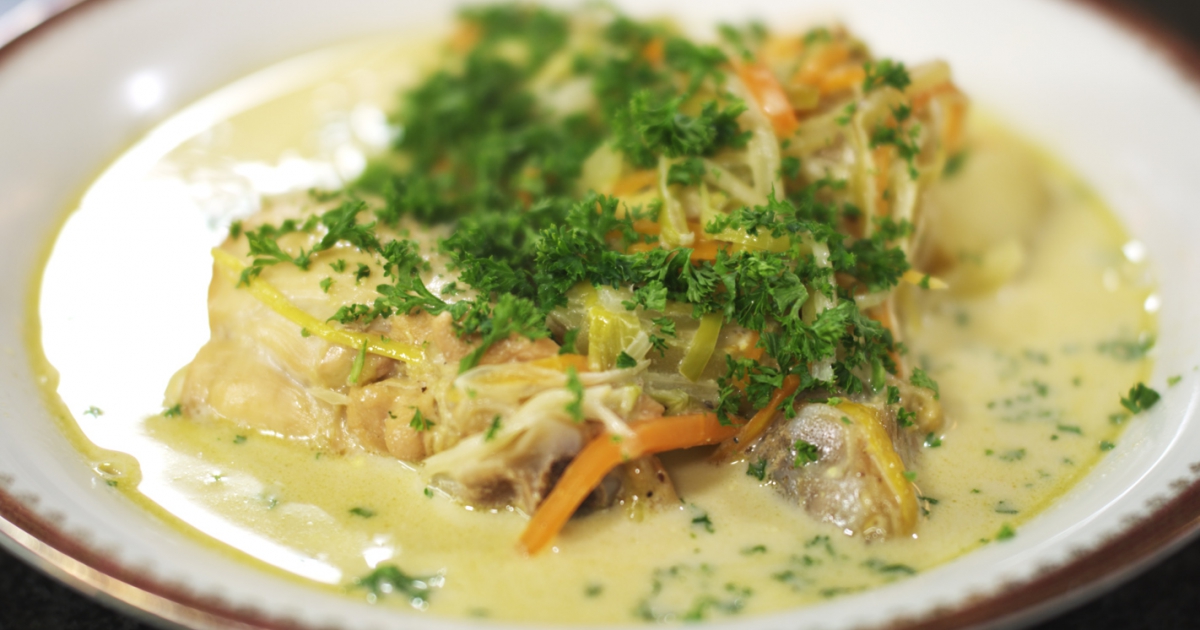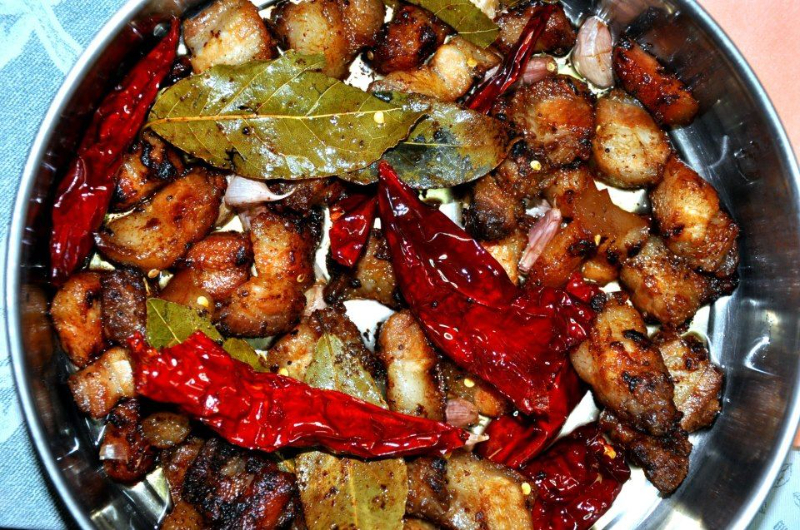According to several authors (Claudia Roden, Clifford Wright), risotto alla Milanese is directly descended from "riso col zafran" a kind of rice pilaff with saffron, a medieval recipe known to both Jews and Arabs.But its official birth occurred on September 8, 1574 as stated in the De.Co. Recognition Resolution.
"For that day the Belgian master glassmaker Valerius of Flanders had fixed the wedding of his daughter. That date evidently had special value for him who worked on the stained glass windows of the cathedral…. A plate of rice colored with saffron, a material that the team of Belgian glassmakers in master Valerius’ retinue used to add to many colors to create special chromatic effects, appeared during the wedding meal.
The rice thus prepared, perhaps as a joke, appealed to everyone, both for flavor and color, at a time when gold, or in its absence yellow substances, was also attributed pharmacological importance.
Immediately this new way of preparing rice spread throughout the city….
The current technique of slowly cooking rice by adding
gradually the broth slowly established itself, each recipe began
invariably with the preparation of boiled rice….
In 1809 the work entitled "Modern Cook," whose author is unknown (except for the acronym L.O.G.) describes it in its final form: "yellow rice in a pan." It describes the cooking of rice, sautéed previously in a sauté of butter, brains, marrow, and onion, to which is added progressively hot broth in which saffron has been dissolved.
In 1829 Felice Luraschi, a famous Milanese cook, had his "Nuovo cuoco milanese economico" printed. Here the old yellow rice becomes "risotto alla milanese giallo," complete with ox fat and marrow, saffron and nutmeg
nutmeg, doused with broth, flavored with that cervellata of medieval
memory and with grated cheese.
In modern days Gualtiero Marchesi perfects the recipe and on some occasions adds a gold foil to it to match the intense yellow of the saffron."













